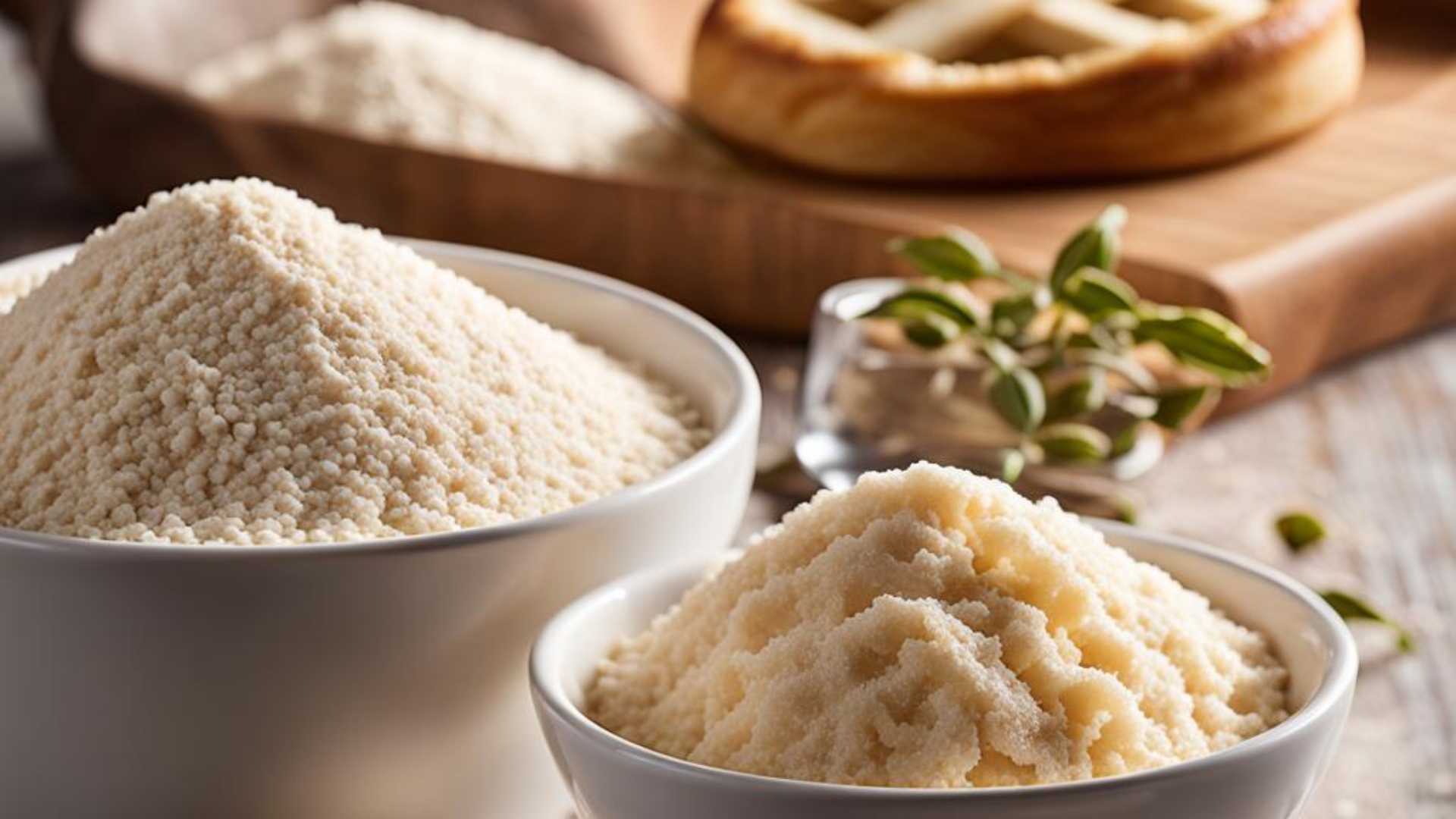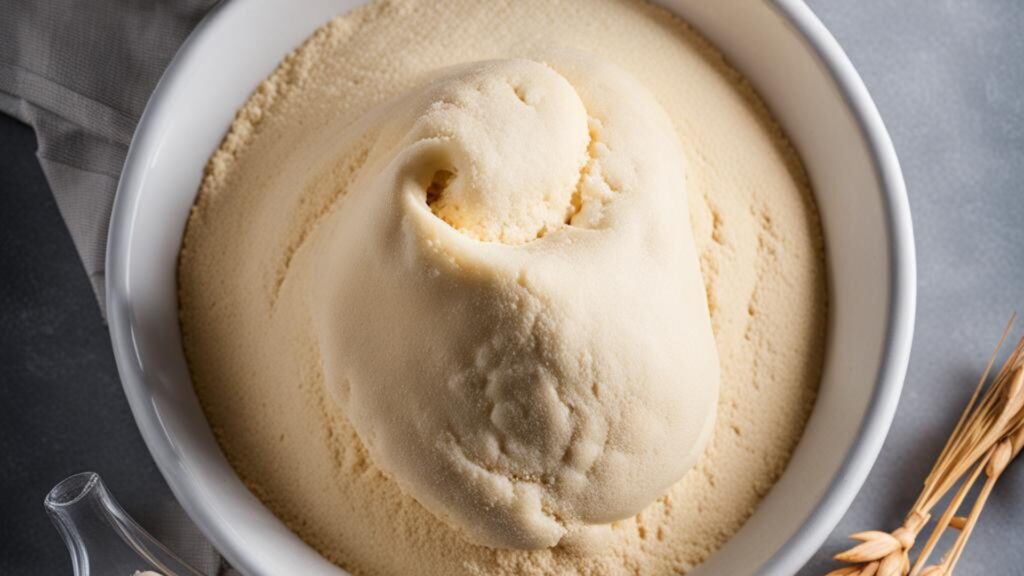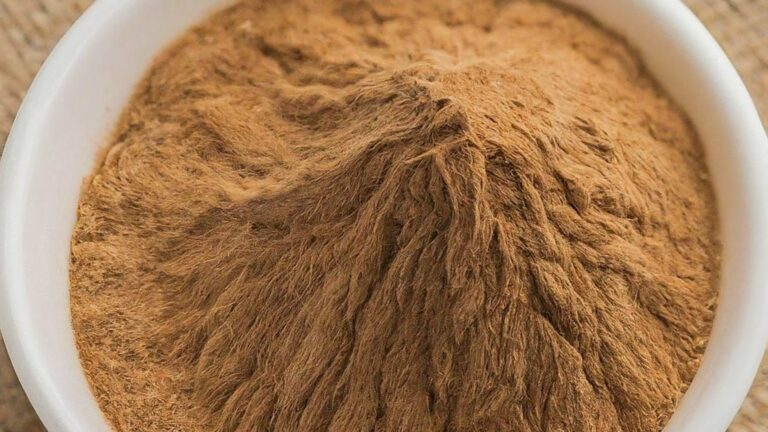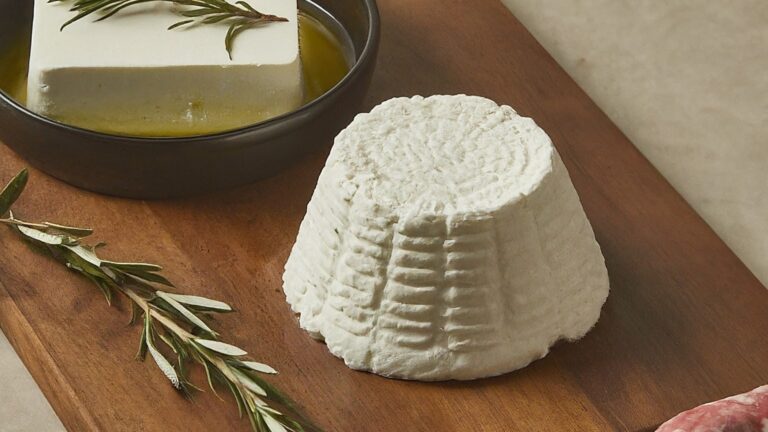
Gums are popular for thickening and stabilizing your recipe. There are so many types of gums available around us. Two commonly used additives or gums are xanthan gum and guar gum.
Both are popular among food manufacturers due to their effectiveness in improving texture and viscosity.
But these two have some differences that many of us don’t know. The main differences between xanthan gum and guar gum are: Xanthan gum is a more versatile and effective thickener, while guar gum is more suitable for products that require a smooth texture and low viscosity.
That was just a minor discussion of the whole discussion. In this article, we will also explore the similarities and differences, as well as FAQs related to xanthan gum and guar gum, and many more. So, without any delay, let’s start.
An Overview
Let’s first look at a comparative table before knowing the main differences and similarities between Xanthan Gum and Guar Gum.
| Property | Xanthan Gum | Guar Gum |
| Source | Produced by fermentation of glucose, sucrose, or lactose using the bacterium Xanthomonas campestris | Derived from the endosperm of the guar bean |
| Solubility | Highly soluble in both cold and hot water | Only soluble in cold water |
| Viscosity | It is a more effective thickener and can produce higher viscosity at lower concentrations | It is a less effective thickener and requires higher concentrations to achieve similar viscosity |
| Synergy | Good synergy with other hydrocolloids | Can harm the performance of some other thickeners |
| Heat Stability | More stable at high temperatures and in acidic conditions | Can break down under high temperatures and low pH |
| Clarity | Produces clearer solution | Can cause cloudiness in some formulations |
| Cost | Typically more expensive | Typically less expensive |
Xanthan Gum vs. Guar Gum: Main Differences

- Xanthan gum is a type of polysaccharide: It is produced by the fermentation of glucose, sucrose, or lactose using Xanthomonas campestris bacteria. Guar gum, meanwhile, is a legume originally grown in India and Pakistan. It is derived from the endosperm of the guar bean.
- Solubility: You can dissolve xanthan gum very well in cold and hot water. Hence, it is easier to incorporate into formulations. It also has good dispersibility in aqueous systems. This means that it can be added to liquids without forming lumps. In contrast, guar gum is only soluble in cold water and can form lumps if added too quickly to liquids.
- Viscosity: Xanthan gum is comparatively denser and can produce higher viscosity at lower concentrations. This means using less xanthan gum to make a thicker solution than guar gum. Xanthan gum is more pseudoplastic than guar gum, meaning it thins when subjected to shear forces (such as stirring or pumping) but thickens again when the force is removed. This makes it useful in products such as salad dressing, which needs to flow easily from the bottle but thickens again when poured into the salad.
- Synergy: Because xanthan gum is compatible with other hydrocolloids, this gum is adept at creating more complex textures. You can also use it with other thickeners to improve texture stability. Meanwhile, guar gum may harm the performance of some other thickeners. So you have to use it alone.
- Heat Stability: Xanthan gum is more stable than guar gum at high temperatures and under acidic conditions. This gum is suitable for use in products cooked at high temperatures or low pH, such as sauces and soups. However, guar gum may lose performance under these conditions and may break down, which may reduce the thickening power.
- Clarity: Xanthan gum produces a clearer solution than guar gum. This can cause some of the formulations to become cloudy. Why does this happen? This is because xanthan gum has a lower tendency to form aggregates or gels than guar gum.
- Cost: The fermentation process used to produce xanthan gum is high and relatively expensive.
Overall, the above discussion shows that xanthan gum and guar gum are similar in all aspects.
Both gums have their unique pros and cons; the choice between them will depend on the specific needs of the formulation.
Similarities Between Xanthan Gum and Guar Gum
Although there are some key differences between xanthan gum and guar gum, some significant similarities need to be mentioned here. These include:
- Both xanthan gum and guar gum are natural polysaccharides. They are widely used as thickeners and stabilizers, especially in the food industry.
- Both are hydrocolloids that can absorb and retain water. They form a gel-like texture when added to liquids.
- Xanthan and guar gum provide structure and texture to baked goods when gluten-free baking requires a gluten substitute.
- Gums, when used in a product, improve the product’s shelf life, prevent separation, and maintain a consistent texture over time.
- Xanthan gum and guar gum have similar applications. They can be used in various food products, including various sauces, dressings, soups, and drinks.
- Regulatory bodies such as the FDA and the European Food Safety Authority (EFSA) consider both safe for consumption.
FAQs
Now, let’s know some popular quick xanthan and guar gum FAQs.
Is Xanthan Gum Gluten-free?
Yes, of course. Xanthan gum is widely used as a gluten substitute in gluten-free baking because it is gluten-free.
Can Guar Gum Be Used as a Thickener in Cold Liquids?
Guar gum is only soluble in cold water, not warm water. However, it can be used as a thickener in cold liquids if properly hydrated.
Is Xanthan Gum Safe to Consume?
Since regulatory bodies such as the FDA and the European Food Safety Authority (EFSA) have declared xanthan gum safe for consumption, it is safe.
Can You Substitute Xanthan Gum for Guar Gum in a Recipe?
You can. However, you may need to adjust the gum to achieve your desired texture.
Are There Any Potential Side Effects of Consuming Xanthan Gum?
As we know, acquiring any food causes problems. From that point of view, consuming large amounts of xanthan gum can cause digestive problems such as bloating and diarrhea. However, these side effects are usually rare and mild.
Conclusion
In summary, xanthan gum and guar gum are used to improve the texture and stability of products.
Both have unique properties and applications, and the choice between them depends on the product’s specific needs.
Both have some similarities and differences that we have discussed above. Hope the above discussion will help you to decide which one will be better for your next recipe. That was all for today.




